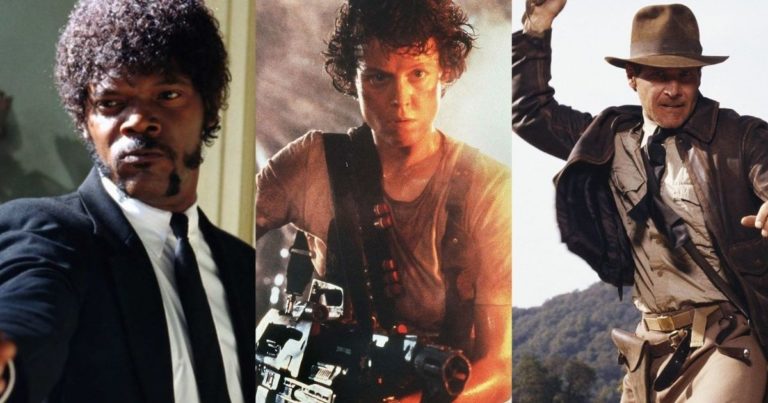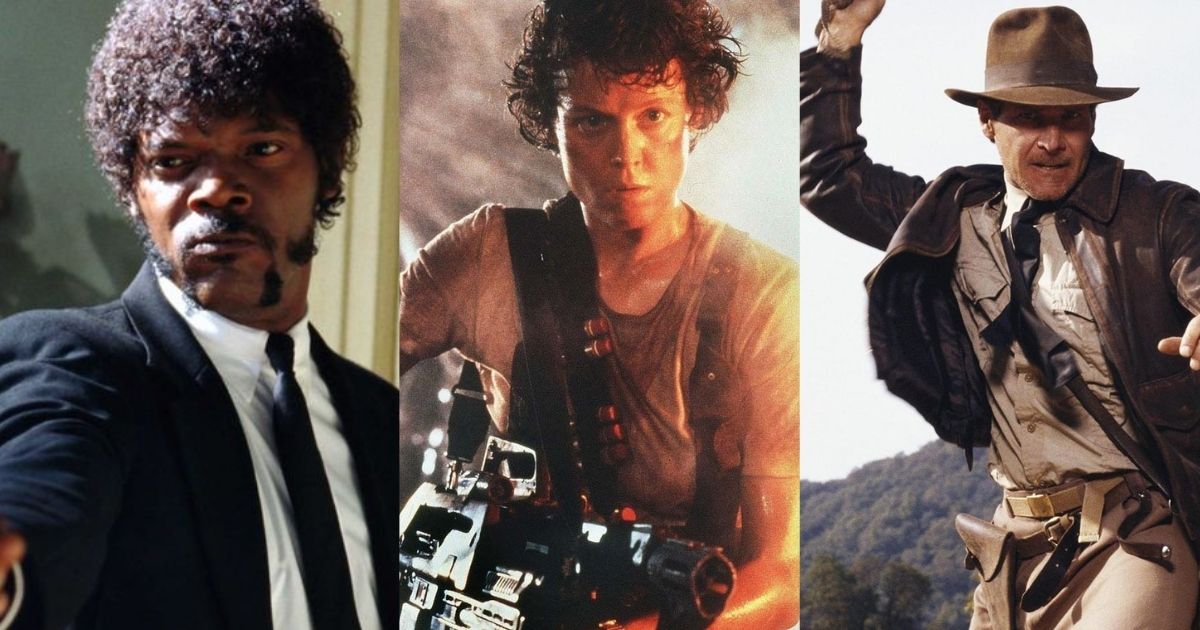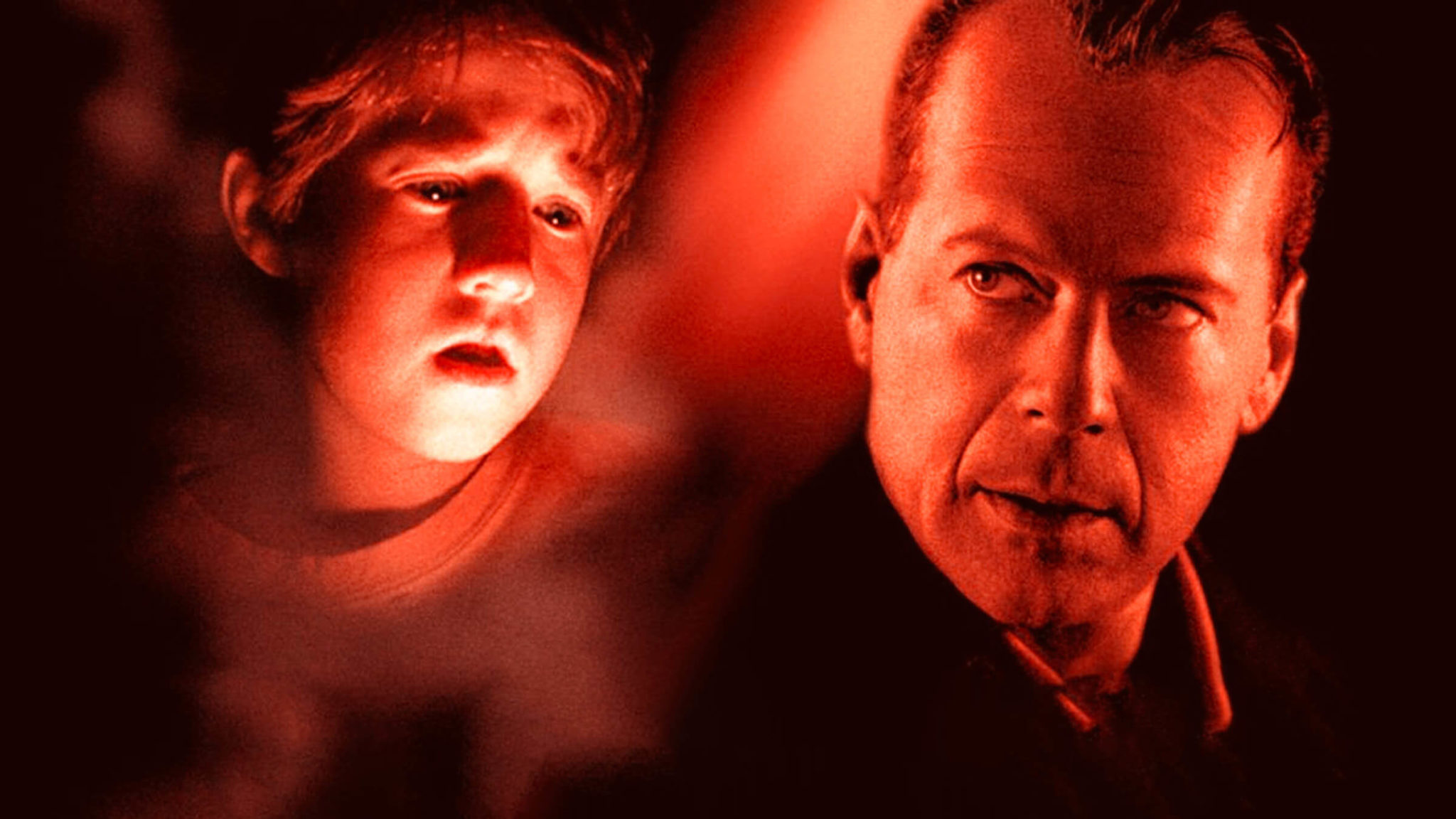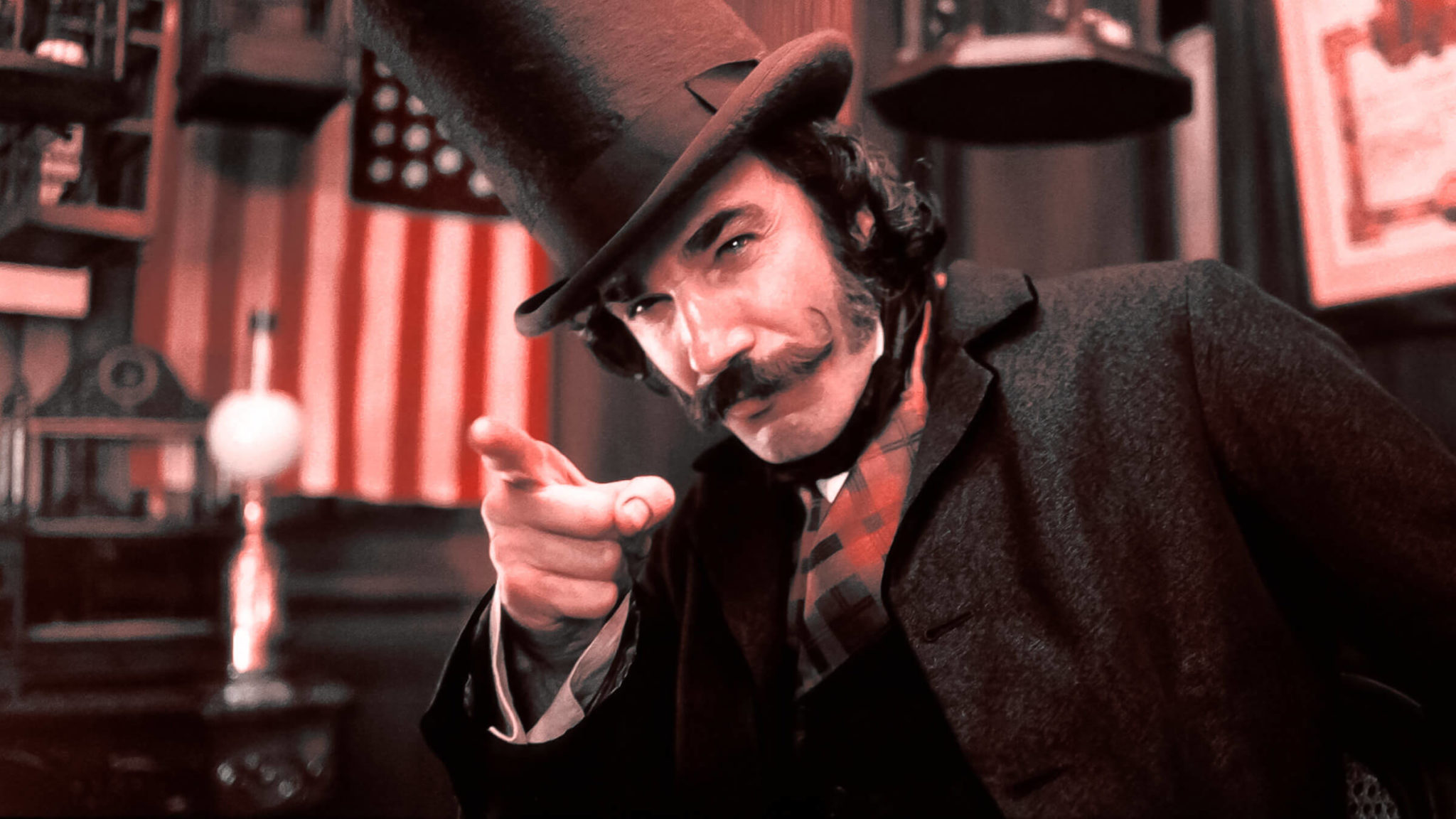7 Effective Ways to Give Your Characters Unique Voices

As a former studio script reader, I've read hundreds of screenplays — the good, the bad, and the ugly. A clear problem with most is that they fail to showcase unique voices for most of their characters. You could mix and match the character names with the dialogue and not see the difference — they are interchangeable and sound or read the same. And when they are interchangeable, that's a clear issue when it comes down to a reader's visualization of the script, as well as the potential casting later on in the development process.
Screenwriters need to learn how to create distinctive characters — but it is easier said than done.
Here we showcase seven ways in which you can determine if your characters aren't unique — and how you can go about finding methods that make those characters stand out from the rest.
1. It's Not About Accents and Syntax
Let's first cover how not to make your characters seem more unique. While accents, specific syntax, and even different dialects technically make characters stand apart, you don't want to use them as a crutch.

The wrong way to handle this situation would be to give everyone different backgrounds for the sole purpose of making them stand apart from each other. A majority of the time with most stories, the characters aren't all going to have vastly different background and accents.
If you're going to write a script that offers a diverse cast of characters, wonderful. But if you're doing that for the sole purpose of making them stand out from one another, you've missed the point.
If their accents and dialects are different, but they are still lacking in unique characteristics, your efforts in possibly creating an excellent diverse cast of characters has failed. It can't fall solely on accents or syntax.
2. Read the Dialogue Aloud
This is the first step a writer can take to determine if their character dialogue reads as common, ordinary, and interchangeable with other characters.
It starts in the writing process. Now, we know that most writers enjoy the writing environment of coffee shops, libraries, and other public places. While it can be embarrassing for some to talk to yourself as you read through the pages you've written, reading the dialogue aloud is a key first step. You can save the pages for a private verbal read in the comfort of your home or you can quietly speak the words under your breath in a public location.

The important factor is to add a little emotion to the performance. How do you want the character to say that line? Is it written in a way that is distinctive? Are the emotions evident within the dialogue? Do the moments in the script before and after that dialogue build to and deliver on those emotions?
Perform those words. You can do this yourself or you can go the extra mile and get friends together to read the script for you. You can even recruit actors to do a live read of your screenplay. This practice can further help you figure out if your characters are different enough from each other. You can ascertain if the dialogue works and is true to each character.
If the dialogue doesn't play and it all sounds the same, then you know things need to be changed.
3. Cover the Character Names
Development executives, studio readers, producers, and talent often do this in order to problem solve whether or not characters are distinctive. Screenwriters should do the same.
While reading your script, cover the character names above the dialogue. You can do this with your finger as you read, or you can utilize screenwriting software — or a black sharpie for hard copies — to take those names out.
As you read along with the character names removed or covered, you should be able to tell the difference between who is saying what in your script. They should have their own voice. If you find yourself confused and unsure of which character is saying what, there's a problem.
4. Eliminate Unnecessary Exposition Dialogue
There's nothing more bland than an exposition dump within the dialogue. The worst scripts are infested with them.
Exposition dumps are when a character tells the audience what is going on, who is where, why things are happening, and what could happen if those things keep happening. This is done through their dialogue as they are speaking to other characters — but the truth of it is that they are really speaking to the audience, trying to give them plot information. It's a horrible habit that screenwriters get into when they are stuck at an act change or have failed to properly structure their stories.

Get rid of the unnecessary exposition. It does you and your characters no favors.
If you have to give out information, find creative and organic ways to do it without having a character take the hit of having to deliver an indistinct block of dialogue that anyone else could say.
While exposition is sometimes necessary, it should never be overused. And when it is overused, it's usually at the expense of whatever character is saying it.
The story and the plotting within should be shown, not told.
5. Identify Character Types
Identifying the problem is the easy part. Those above four steps will help with that. Now comes the hard part — making them distinctive.
What a character says — or doesn't say — can often identify much of what and who they are. Natural leaders will take on that role, access the situation, and take action. Followers will be less vocal and more reactionary. Disruptors will question the natural leaders and decisions of the group. Peacemakers will find common ground between the opposing characters. Antagonists will antagonize.

Look through your lists of characters and try to determine what type of characters they each are. They don't have to be put under that full umbrella, but it's an easy place to start as you develop each character.
If you identify what type each and every one of them is, you can allow them to come to life through their dialogue.
6. Identify Character Traits
Everyone has character traits — both good and bad. They are the aspects of a character's attitude and behavior. They make up that character's personality and are often traits shown with descriptive adjectives.
Are your characters religious, honest, loyal, devoted, loving, kind, sincere, ambitious, satisfied, happy, faithful, patient, determined, or persistent?
Or are they dishonest, disloyal, mean, rude, disrespectful, impatient, greedy, angry, pessimistic, cruel, unmerciful, wicked, obnoxious, or unforgiving?
A character can be dominant, confident, persuasive, ambitious, decisive, or charismatic. Others can be playful, wild, silly or hilariously inappropriate. One can be educated while the other is uneducated.

All of these types of descriptive traits — accompanied by the character types you've allocated — will dictate what your characters say and how they say it, so do your best to assign certain traits that you are interested in exploring with them. When you do, you'll often be pleasantly surprised as they come to life on their own.
7. Action Speaks Louder Than Words
Character uniqueness goes beyond dialogue.
We learn so much more about our characters by their actions and reactions — how they handle certain situations.
One character might retreat in fear. Another might sob. One may lash out at the drop of a dime. Another might use intellect to handle a situation.
Dialogue will only get you so far. Actions and reactions are what really gives each character a distinctive voice. Imagine if characters like Indiana Jones and James Bond relied on dialogue to define their characters — it just wouldn't be the same.
Listen to Quentin Tarantino discuss Paul Thomas Anderson's There Will Be Blood.
The first twenty-some minutes of There Will Be Blood are near silent. All that we see are different parts of this man's life. There is little to no dialogue. But his actions and reactions are what give this character a distinctive voice. When he falls into the shaft, breaking his leg, he could just as easily have died shortly after. We saw the elements he was facing and we saw how remote that location was.
His character type and character traits are identified as he crawls out of the shaft and later lays on the floor as he watches his gold being weighed and as he receives his payment. And this later continues on as he tackles the oil business.
We know who and what this character is well before he speaks any words.
I mentioned before that creating distinctive characters is easier said than done. But when you apply those first four effective ways to determine both when you are failing and succeeding, you can then use the final three to build each and every character — big or small — and give them the depth they need to be easily distinguishable from all others. That's when you have characters that leap from the page. That's when they almost write themselves.
Ken Miyamoto has worked in the film industry for nearly two decades, most notably as a studio liaison for Sony Studios and then as a script reader and story analyst for Sony Pictures.
He has many studio meetings under his belt as a produced screenwriter, meeting with the likes of Sony, Dreamworks, Universal, Disney, Warner Brothers, as well as many production and management companies. He has had a previous development deal with Lionsgate, as well as multiple writing assignments, including the produced miniseries Blackout, starring Anne Heche, Sean Patrick Flanery, Billy Zane, James Brolin, Haylie Duff, Brian Bloom, Eric La Salle, and Bruce Boxleitner. Follow Ken on Twitter @KenMovies
For all the latest ScreenCraft news and updates, follow us on Twitter and Facebook!
Tags
Get Our Screenwriting Newsletter!
Get weekly writing inspiration delivered to your inbox - including industry news, popular articles, and more!




























